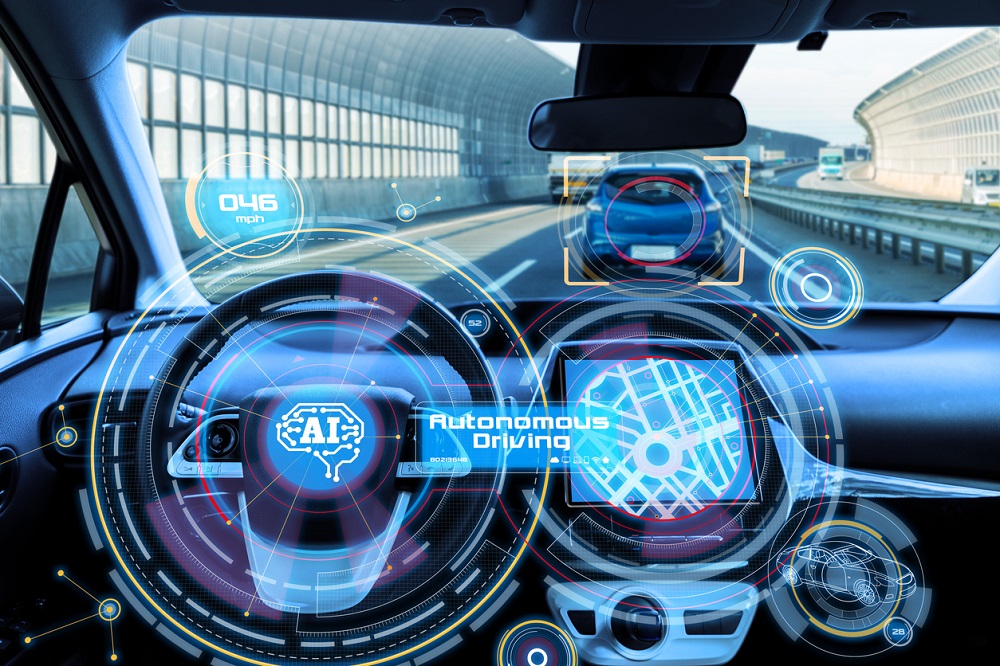Artificial Intelligence (AI) has come a long way since its inception, evolving from simple chatbots to sophisticated autonomous systems that can mimic human intelligence and perform complex tasks. The rapid progress of AI has revolutionized various industries and transformed the way we live and work. In this article, we will explore the fascinating journey of AI, from its humble beginnings as chatbots to the rise of autonomous systems.
Chatbots: The Dawn of AI
Chatbots were among the first manifestations of AI that gained popularity. They were designed to engage in basic conversations with users and provide predefined responses based on keywords and patterns. Early chatbots were rule-based systems, meaning they followed a set of predefined rules to generate responses. While they were effective for simple queries and customer support, they lacked the ability to understand context or engage in meaningful conversations.
However, with advancements in natural language processing (NLP) and machine learning, chatbots became more sophisticated. Modern chatbots leverage machine learning algorithms to analyze vast amounts of data and learn from user interactions. They use techniques like sentiment analysis and entity recognition to understand user intent and provide more accurate and context-aware responses. These improvements have made chatbots an integral part of customer service, virtual assistants, and even companions in various applications.
Machine Learning and Deep Learning: Unleashing the Power of Data
The evolution of AI was greatly fueled by advancements in machine learning (ML) and deep learning (DL). Machine learning algorithms enabled AI systems to learn from data without being explicitly programmed, allowing them to improve their performance over time. This breakthrough opened the doors to a wide range of applications, from image and speech recognition to recommendation systems and predictive analytics.
Deep learning, a subfield of machine learning, has been a game-changer in the evolution of AI. It uses artificial neural networks inspired by the human brain to process and analyze complex data. Deep learning algorithms excel at tasks such as image and speech recognition, natural language processing, and even playing strategic games like chess and Go. The availability of large datasets and powerful computing resources has further accelerated the progress of deep learning and its applications.
Autonomous Systems: AI at the Cutting Edge
The rise of autonomous systems represents the pinnacle of AI development. These systems are designed to perform tasks and make decisions independently, without human intervention. Autonomous vehicles are a prime example of AI-powered systems that have gained significant attention in recent years. They leverage a combination of AI technologies, including computer vision, sensor fusion, and reinforcement learning, to navigate and make real-time decisions on the road.

Autonomous systems are not limited to transportation. They are revolutionizing industries such as healthcare, finance, manufacturing, and agriculture. In healthcare, AI-powered systems can assist in medical diagnosis, drug discovery, and personalized treatment plans. In finance, autonomous algorithms analyze vast amounts of data to make investment decisions and manage portfolios. In manufacturing, AI-driven robots perform intricate tasks with precision and adaptability. The possibilities are limitless.
Ethical and Societal Implications
As AI evolves, it brings forth a host of ethical and societal implications. The increasing automation of jobs raises concerns about unemployment and the widening skills gap. The potential misuse of AI for malicious purposes, such as deepfake technology or autonomous weapons, raises ethical concerns. There are also concerns surrounding data privacy, algorithmic bias, and transparency in AI decision-making processes.
Addressing these challenges requires a multi-faceted approach. It involves collaboration between researchers, policymakers, and industry leaders to develop robust regulations and frameworks for responsible AI development and deployment. It also necessitates ongoing research and development in areas like explainable AI, bias mitigation, and AI ethics.
The Future of AI: Advancing Human-Machine Collaboration
The evolution of AI from chatbots to autonomous systems is far from over. The future promises even more exciting possibilities. One such area is the advancement of human-machine collaboration. Rather than replacing humans, AI is increasingly being developed to augment human capabilities and work alongside them. This collaboration can lead to improved productivity, creativity, and decision-making in various domains.
Another area of focus is the development of explainable and interpretable AI. As AI systems become more complex, understanding their decision-making processes becomes crucial. Explainable AI aims to provide transparency and insights into how AI models arrive at their conclusions, enabling users to trust and interpret their outputs.
Conclusion
The evolution of artificial intelligence from chatbots to autonomous systems has been a remarkable journey. AI has transformed industries, improved efficiency, and enhanced our lives in numerous ways. While there are challenges to overcome, the potential of AI to drive innovation and solve complex problems is immense. As we move forward, it is vital to foster responsible AI development, address ethical concerns, and ensure that AI benefits all of humanity. With the right approach, AI has the potential to shape a brighter and more intelligent future.

